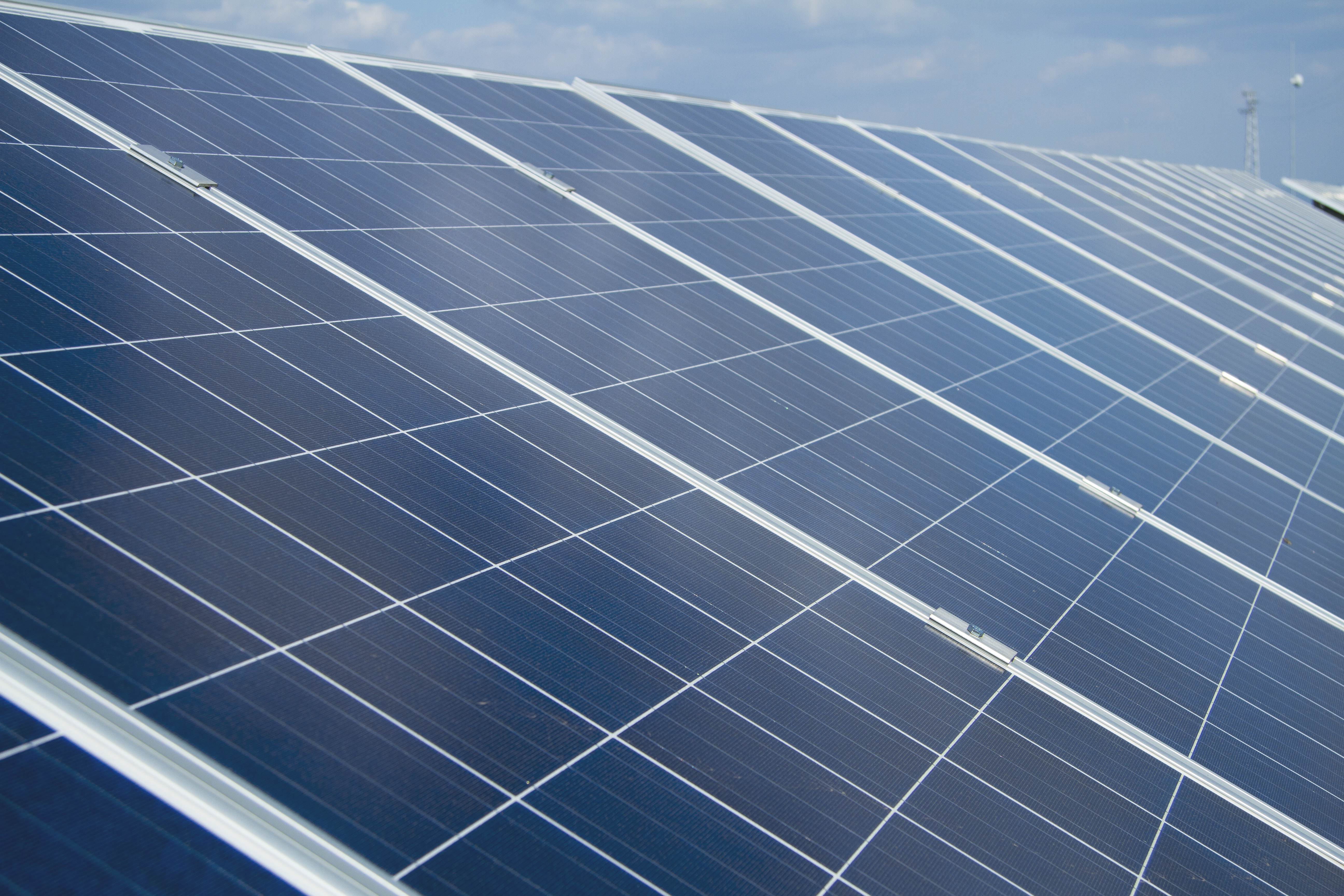Improving solar cells for greener energy
The Thin-Film Photovoltaics Group at DTU Electro provides world-class solutions for optoelectronic devices, such as thin-film solar cells and photodetectors. The world needs to increase the production of sustainable energy dramatically to reduce the emission of greenhouse gases and, at the same time, supply the rising population with sufficient green energy. To contribute to solving this challenge, the Thin-Film Photovoltaics Group aims to tackle fundamental challenges in materials science and employ tools to solve many of the problems during light absorption and photocurrent generation.

The goal of the group is to produce inexpensive green energy. This can be achieved by making more efficient optoelectronic devices of new or well-known materials and enhancing our knowledge of the underlying science.
The current topics of the Thin-Film Photovoltaics Group are:
Thin-Film Photovoltaics
- Developing a novel class of photovoltaic materials based on quasi-one-dimensional structures of Sb2S3 for realizing solar cells which harvest sunlight using thin layers efficiently. We also work on developing novel n-type layers, which would allow the making of Cd-free thin-film solar cells in the future, a current challenge for commercial and emerging thin-film photovoltaic technologies. Read more about the current project here.
Nanoelectronics
- Studying the electrical properties of 2D materials and their performance in nanodevices. The group was the first to demonstrate a photodetector based on a single MoS2 nanoribbon whose performance competes with the commercially available Ge and Si-based photodetectors.
Materials growth and spectroscopy
- Synthesis of semiconducting monolayers of MoS2, WS2, and heterostructures using Chemical Vapor Deposition (CVD) and Pulsed Laser Deposition (PLD)-assisted CVD. The group's main method for the growth of solar cells is sputtering. They utilize various tools, such as Raman spectroscopy (lattice vibration modes), photoluminescence (band-to-band transitions in semiconductors), photocurrent mapping, and quantum efficiency, to have deeper insights into photocurrent generation from the nano-to-micrometer scale.
Contact
Stela Canulescu Group Leader, Senior Researcher stec@dtu.dk